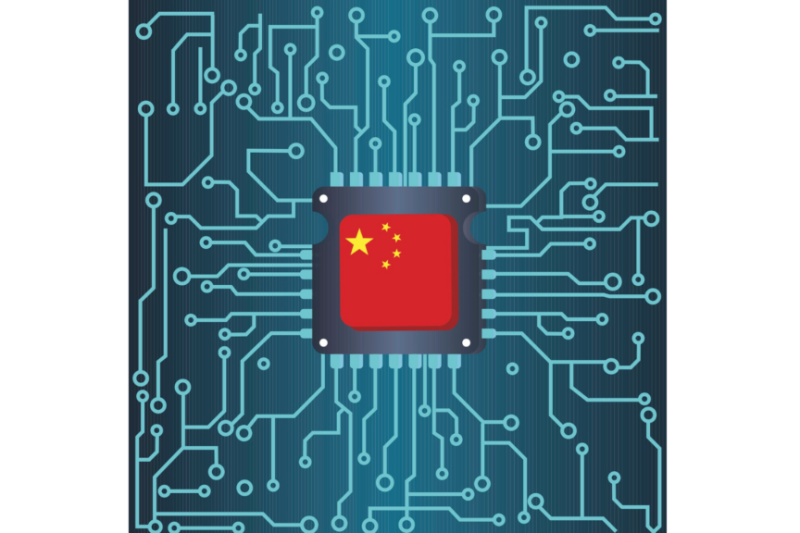
China’s recent adjustments to its semiconductor tariffs have sent shockwaves through the tech world, creating a complex landscape of winners and losers. On Friday, the General Administration of Customs implemented a new rule defining the origin of semiconductor products based on their manufacturing location. This seemingly straightforward change has had a significant, and somewhat unexpected, impact on major players in the industry.
The new rule offers exemptions from tariffs for some companies, notably Nvidia and Qualcomm. This move might seem surprising given the ongoing trade tensions between the US and China. However, it’s likely a strategic decision aimed at securing access to advanced technologies crucial for China’s own technological development. These companies, while American, are vital suppliers of chips used in a wide range of applications within China, from smartphones to high-performance computing.
However, the picture isn’t all rosy. The flip side of this exemption reveals a harsher reality for other companies. Broadcom and AMD, among others, face a significantly increased tariff of 125%. This drastic increase could severely impact their profitability and competitiveness in the Chinese market, forcing them to re-evaluate their strategies and potentially leading to higher prices for consumers. The rationale behind this disparity in treatment remains unclear, but it highlights the nuanced and often unpredictable nature of the ongoing trade disputes.
This situation underscores the volatile nature of the global semiconductor market and the significant influence of geopolitical factors. Companies are now forced to navigate a complex web of regulations and tariffs, making strategic planning and risk management more critical than ever. The long-term consequences of this new rule are yet to be fully understood, but one thing is certain: the landscape of the tech industry continues to shift dramatically in response to the ever-evolving trade relations between the US and China.
For investors, this situation presents both challenges and opportunities. A thorough understanding of these regulatory changes and their potential impact on individual companies is crucial for informed decision-making. The coming months will likely reveal the full extent of this latest development in the ongoing tech trade war, and its implications will be felt across the entire global tech ecosystem.









